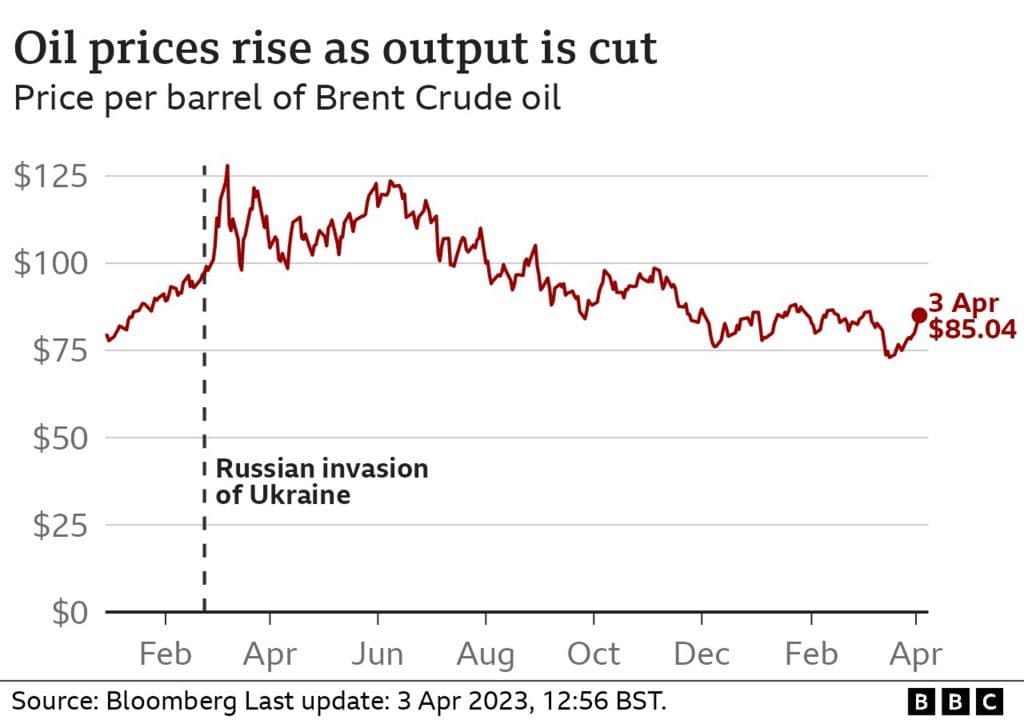Crypto rout intensifies as Bitcoin slides, U.S. spot ETFs see large outflows
Cryptocurrency markets plunged across Nov. 20 and Nov. 21, as Bitcoin tumbled to multimonth lows in the low to mid 80,000s, sparking massive leveraged liquidations and heavy withdrawals from U.S. spot Bitcoin ETFs. The wave of selling raises fresh questions about leverage, ETF liquidity and the sensitivity of risk assets to U.S. macro data and Federal Reserve expectations.
.jpg%3FZrKrXAT3iMtJXgBkKTdvV21wawqh2HhM&w=1920&q=75)
Cryptocurrency markets plunged on Nov. 20 and continued into Nov. 21, as Bitcoin fell to multimonth lows, trading in the low to mid 80,000s and prompting a cascade of selling across the digital asset complex. The move triggered large forced liquidations in futures and perpetual swap markets and coincided with record or near record withdrawals from U.S. spot Bitcoin exchange traded funds.
Market data compiled by trackers and reported in market coverage showed roughly 900 million dollars or more in ETF outflows during one session, with individual funds such as BlackRock’s iShares Bitcoin Trust seeing single day withdrawals in the hundreds of millions. Those rapid redemptions amplified price pressure as ETFs and arbitrage desks sought to square exposures in a thin part of the market.
Derivatives desks estimated total liquidations of long and short positions exceeded 1 to 2 billion dollars within concentrated time windows, intensifying intraday volatility. Funding rates on leveraged products spiked, and margin calls forced additional deleveraging that pushed prices lower in a feedback loop. The selling spilled over into crypto linked equities and miner stocks, which underperformed broader markets as investors reduced exposure to highly correlated risk.
The rout highlights how spot ETF flows now interact with derivative markets to shape price moves. Spot ETFs were introduced with expectations they would provide orderly on ramps for institutional capital, yet the episode demonstrates that in stressed markets substantial outflows can overwhelm normal arbitrage channels. Market participants are debating whether current ETF designs adequately address liquidity governance and whether market makers have sufficient balance sheet capacity to absorb sudden macro driven reallocation.
Macro context heightened the pressure. Recent U.S. jobs figures and shifting expectations about the Federal Reserve have lifted real yields and prompted a wider risk off stance among investors, making speculative assets more vulnerable. Bitcoin’s price action on Nov. 21 reflects that linkage, with portfolio rebalancing from equity and crypto allocators contributing to the speed and size of withdrawals.
Policy makers and regulators will likely watch the episode closely. The interplay between regulated spot products and largely unregulated derivatives markets raises questions for both securities and commodities authorities about market resilience, transparency and the potential need for stronger reporting on stress scenarios. For long term investors, the event is a reminder that institutional adoption of crypto comes with persistent structural volatility that can be exacerbated by leverage and concentrated flows.
Looking ahead, market stability will hinge on the pace of ETF flows, derivative funding conditions and incoming macro data, particularly labor market readings and Fed communication. For now, the rout has temporarily dented investor confidence and underscored that rapid capital movements can test the plumbing of a still maturing market.

